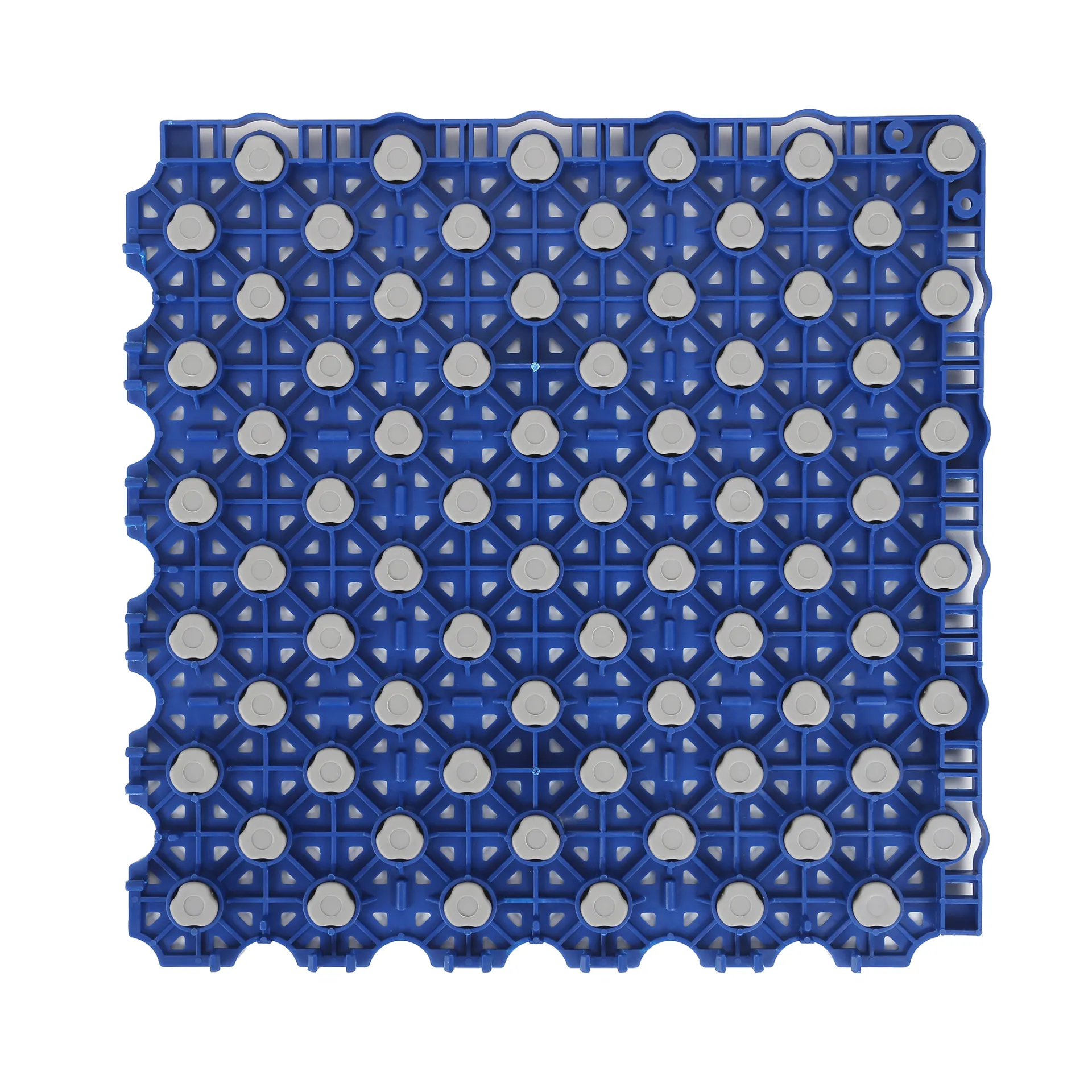10 月 . 21, 2024 15:30 Back to list
Choosing the Right Flooring for Your Basketball Court Setup
Flooring Solutions for Basketball Courts Choosing the Right Option
When it comes to designing a basketball court, one of the most critical decisions involves choosing the right flooring. The flooring not only affects the performance of the players but also the overall safety and durability of the court. Several flooring options are available, each with its advantages and disadvantages. This article will explore the various types of flooring suitable for basketball courts, highlighting their features, benefits, and potential drawbacks.
Hardwood Flooring
Hardwood flooring is often considered the gold standard for basketball courts. Many professional arenas and colleges utilize hardwood because of its superior performance characteristics. This flooring is typically made from maple, which offers a smooth, consistent surface that's ideal for dribbling, shooting, and making quick movements.
Advantages 1. Durability Hardwood courts are designed to withstand heavy use and can last for decades with proper maintenance. 2. Performance Players appreciate the excellent traction and consistent bounce of the ball on hardwood, which contributes to improved performance during games. 3. Aesthetics Hardwood has a classic look that many find appealing, lending a professional appearance to any gymnasium.
Drawbacks 1. Cost Installing and maintaining hardwood flooring can be expensive, making it less accessible for community centers or schools with limited budgets. 2. Maintenance Hardwood requires regular upkeep, including refinishing and resealing, to maintain its quality over time.
Synthetic Flooring
For many facilities, synthetic flooring materials offer a practical alternative to hardwood. Options such as vinyl, rubber, and polyurethane are gaining popularity due to their durability and lower costs.
flooring basketball court

Advantages 1. Affordability Synthetic flooring is generally less expensive to install and maintain compared to hardwood. 2. Safety Many synthetic options provide good shock absorption, reducing the risk of injuries from impacts during intense games. 3. Versatility These materials can be installed in various settings, including indoor and outdoor courts, making them suitable for diverse environments.
Drawbacks 1. Performance While synthetic floors allow for good player movement, they may not match the game's authenticity as hardwood does. 2. Longevity Although durable, synthetic floors typically have a shorter lifespan than hardwood, necessitating replacement after several years.
Court Tiles
Interlocking court tiles have become increasingly popular for basketball courts, particularly in multi-purpose facilities. These tiles are made from various materials, including polypropylene, and can be installed over existing surfaces without the need for adhesive.
Advantages 1. Installation Flexibility Court tiles can be easily configured and reconfigured, making them ideal for spaces that serve multiple sports. 2. Maintenance Cleaning and replacing individual tiles is straightforward if damage occurs, which can prolong the court's overall lifespan. 3. Eco-Friendly Options Some manufacturers produce tiles from recycled materials, contributing to sustainability efforts in sports facilities.
Drawbacks 1. Surface Inconsistency Depending on the quality of the tiles, the surface may not offer the same consistency or responsiveness as hardwood. 2. Performance Variability Court tiles may not provide the same level of grip and feel that players prefer, affecting gameplay.
Conclusion
Choosing the right flooring for a basketball court is essential for ensuring player safety, enhancing performance, and maintaining the facility's overall aesthetic appeal. Hardwood remains the top choice for professional and high-level collegiate play; however, synthetic and tile options offer affordable and versatile solutions for gyms, recreational centers, and community facilities. Ultimately, the decision should be based on various factors, including budget, usage frequency, and player preferences. By carefully considering these elements, basketball court operators can achieve a flooring choice that meets their unique needs while providing a suitable environment for players to excel.
-
Custom Pickleball Court Solutions Convert Tennis & Indoor Builds
NewsMay.30,2025
-
Outdoor Pickleball Court Costs Build & Install Pricing Guide
NewsMay.30,2025
-
Premium Pickleball Sports Courts Custom Design & Installation
NewsMay.30,2025
-
Indoor Pickleball Courts Tennis Court Conversion & Custom Builds Tempe
NewsMay.29,2025
-
Professional Pickleball Court Installation & Tennis Court Conversions
NewsMay.29,2025
-
Grey Synthetic surface-rubber prefabricated track
NewsMar.07,2025

